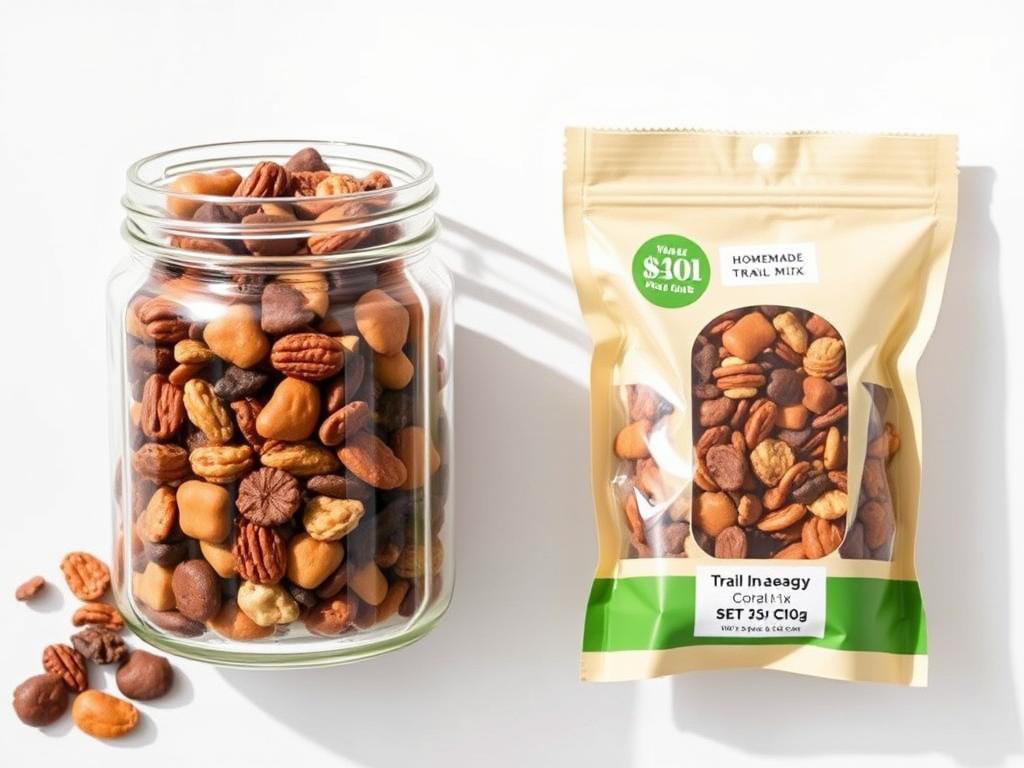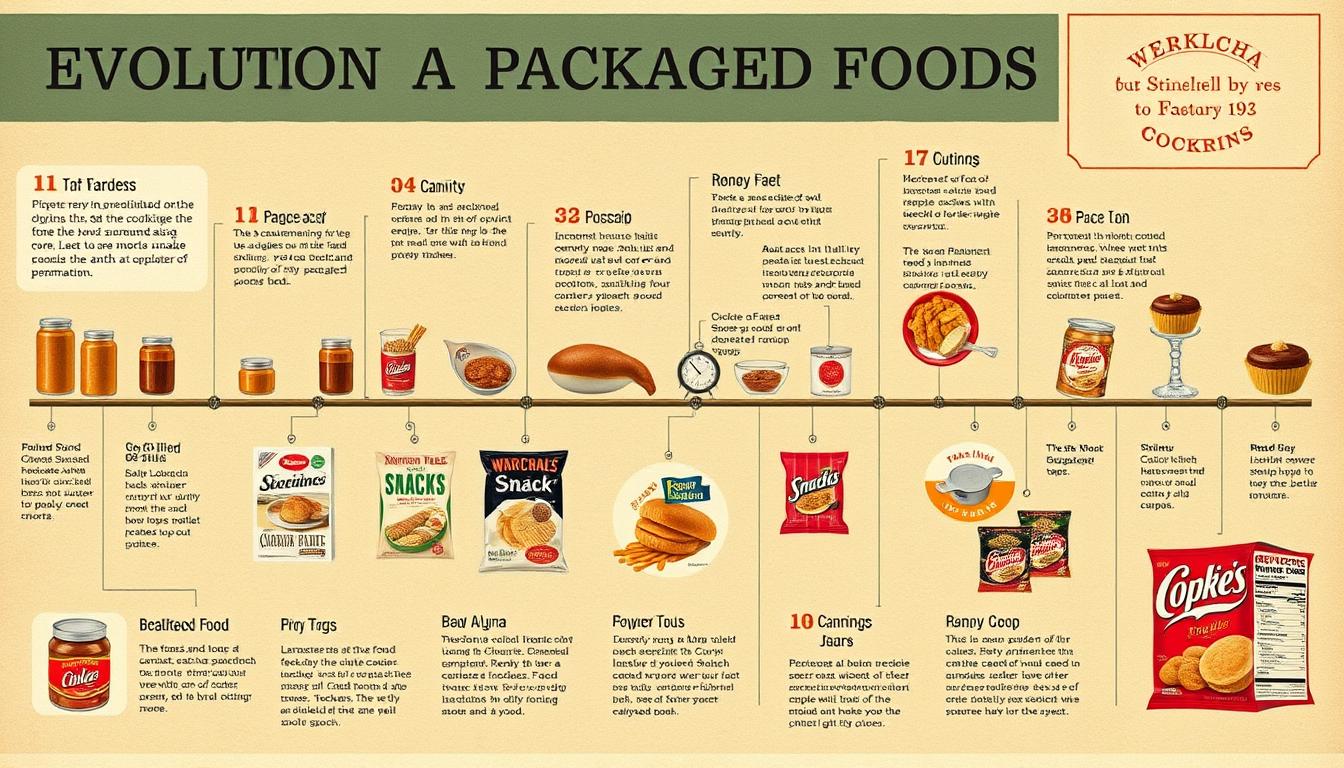Affordable Snacks and Packaged Foods Plans for Busy Lifestyles
Finding time to eat well when you’re constantly on the go can feel impossible—especially when you’re trying to stick to a budget. The good news? You don’t have to choose between your health, your schedule, and your wallet. With some strategic planning and smart shopping, you can enjoy nutritious snacks and convenient meal options without breaking the bank. This guide will walk you through budget-friendly snack ideas, compare cost-effective meal plans, and provide practical tips to help you maintain a healthy diet even on your busiest days. Budget-Friendly Snack Options Under $1 Per Serving Keeping your energy up throughout the day doesn’t have to cost a fortune. These affordable snack options deliver great nutrition at a fraction of the price of pre-packaged convenience foods. Budget-friendly snacks that pack a nutritional punch without emptying your wallet Protein-Packed Options Fiber-Rich Choices Quick Energy Boosters Ready to stock your pantry with affordable snacks? Download our printable shopping list with exact quantities and estimated prices to make your next grocery trip a breeze.Get Your Free Shopping List Homemade vs. Store-Bought: Cost Comparison Making your own snacks can significantly reduce your food expenses while giving you control over ingredients. Let’s compare the costs of homemade versions against their store-bought counterparts. Snack Item Homemade Cost Store-Bought Cost Savings Trail Mix (1 cup) $1.25 $3.50 64% Energy Bites (4 pieces) $0.85 $4.00 79% Greek Yogurt Parfait $1.20 $3.75 68% Hummus (1/4 cup) $0.60 $1.50 60% Granola Bars (2 bars) $0.75 $2.50 70% Quick Recipe: 5-Minute Energy Bites These no-bake energy bites are perfect for meal prep and cost just pennies per serving: Comparing Affordable Meal Subscription Services Meal subscription boxes can be a time-saving option for busy people, but they vary widely in price and value. We’ve analyzed the most budget-friendly options to help you decide if they’re worth the investment. Cost-Effectiveness Analysis While meal subscription services offer convenience, our analysis shows that the most budget-friendly approach combines: Budget Tip: Most meal subscription services offer significant discounts for first-time customers. Consider trying different services with promotional offers before committing to one. Try a meal planning service at a discount We’ve partnered with top meal planning services to offer our readers exclusive discounts on their first month.Claim Your Discount Affordable Options for Special Dietary Needs Eating according to dietary restrictions doesn’t have to break the bank. Here are budget-friendly options for common dietary needs that still provide excellent nutrition. Vegetarian/Vegan Plant-based proteins are often the most affordable protein sources available. Gluten-Free Skip expensive specialty products and focus on naturally gluten-free foods. Low-Sugar These options provide sweetness without added sugars. Budget-Friendly Snack Box for Dietary Restrictions For around $15, you can prepare this weekly snack box that accommodates multiple dietary needs: Day Morning Snack Afternoon Snack Dietary Notes Monday Apple slices + 2 tbsp peanut butter Carrot sticks + 1/4 cup hummus GF, V, LS Tuesday 1/2 cup roasted chickpeas Rice cakes + avocado GF, V Wednesday 1 cup Greek yogurt + berries 1/4 cup trail mix GF, LS Thursday 2 hard-boiled eggs Bell pepper strips + 2 tbsp guacamole GF, LS Friday Homemade energy bite (2) Celery + 1 tbsp nut butter GF, V GF = Gluten-Free, V = Vegetarian/Vegan, LS = Low-Sugar Money-Saving Strategies for Healthy Eating Implementing these practical strategies can help you maximize your food budget while maintaining a nutritious diet. Smart Shopping Meal Prepping Bulk Buying “I save about $200 monthly by spending 90 minutes each Sunday prepping snacks and simple meals. The time investment pays for itself many times over.” — Jamie, working parent of two Digital Tools to Help You Save Ready to start saving on groceries? Download our comprehensive guide with 50+ money-saving strategies, printable meal planning templates, and a 4-week budget meal plan.Get Your Free Guide 7-Day Budget-Friendly Meal and Snack Plan This complete weekly plan includes three meals and two snacks daily, with a total grocery cost of approximately $50-60 per person. Each day incorporates affordable, nutritious options that can be prepared quickly. Monday Breakfast: Overnight oats with banana and cinnamon ($0.65) Snack 1: Apple slices with 1 tbsp peanut butter ($0.60) Lunch: Tuna wrap with lettuce and tomato ($1.75) Snack 2: Carrot sticks with hummus ($0.65) Dinner: Bean and vegetable soup with whole grain bread ($2.25) Daily Total: $5.90 Tuesday Breakfast: Greek yogurt with frozen berries ($1.10) Snack 1: Handful of trail mix ($0.60) Lunch: Leftover bean soup with added rice ($1.50) Snack 2: Hard-boiled egg ($0.25) Dinner: Stir-fried tofu with vegetables and brown rice ($2.75) Daily Total: $6.20 Wednesday Breakfast: Whole grain toast with avocado and egg ($1.25) Snack 1: Orange slices ($0.50) Lunch: Chickpea salad sandwich ($1.65) Snack 2: Cucumber slices with Greek yogurt dip ($0.75) Dinner: Pasta with tomato sauce and lentils ($1.95) Daily Total: $6.10 Thursday Breakfast: Smoothie with spinach, banana, and milk ($0.95) Snack 1: Rice cakes with nut butter ($0.75) Lunch: Leftover pasta with added vegetables ($1.50) Snack 2: Celery with peanut butter ($0.55) Dinner: Black bean and sweet potato tacos ($2.50) Daily Total: $6.25 Friday Breakfast: Scrambled eggs with spinach ($1.15) Snack 1: Homemade energy bite (2) ($0.40) Lunch: Peanut butter and banana sandwich ($0.95) Snack 2: Bell pepper strips with hummus ($0.80) Dinner: Vegetable curry with rice ($2.65) Daily Total: $5.95 Saturday Breakfast: Whole grain pancakes with fruit ($1.35) Snack 1: Cottage cheese with pineapple ($0.95) Lunch: Leftover vegetable curry ($1.50) Snack 2: Roasted chickpeas ($0.35) Dinner: Baked potato topped with broccoli and cheese ($2.25) Daily Total: $6.40 Sunday Breakfast: Oatmeal with peanut butter and banana ($0.75) Snack 1: Yogurt with granola ($0.90) Lunch: Lentil soup with whole grain bread ($1.85) Snack 2: Apple with cheese slice ($0.70) Dinner: Stir-fried vegetables with eggs and rice ($2.10) Daily Total: $6.30 Meal Prep Tip: Prepare the following items on Sunday to save time throughout the week: hard-boiled eggs, chopped vegetables, cooked rice, overnight oats, and homemade energy bites. Shopping List for This Plan Proteins Produce Pantry Items Real-World Success Stories These individuals have successfully implemented budget-friendly meal plans while maintaining busy … Read more


